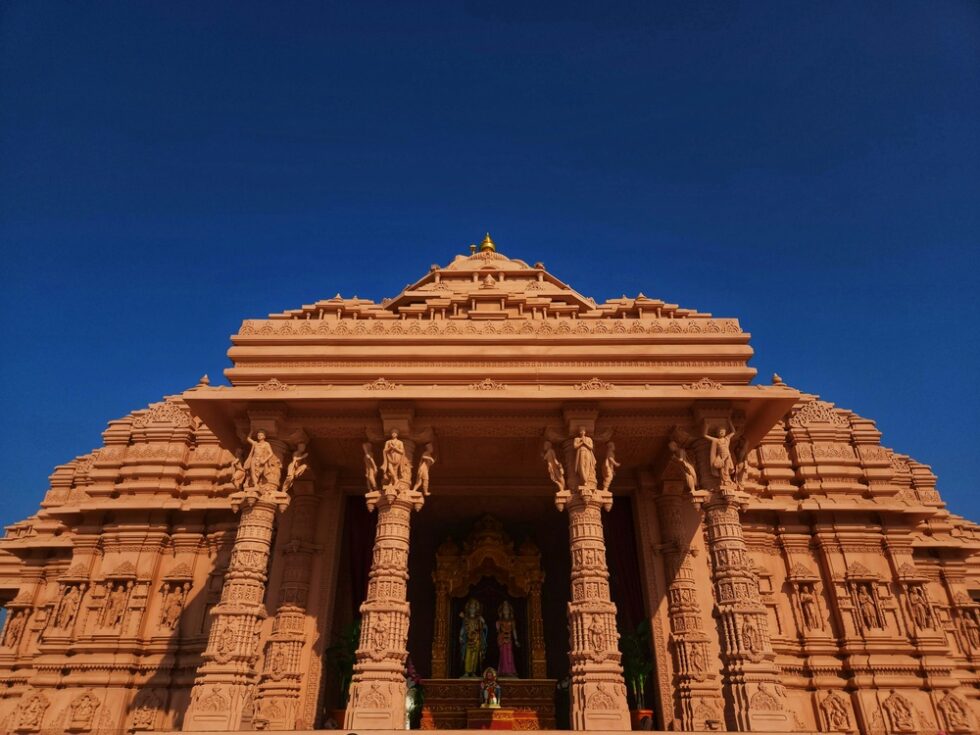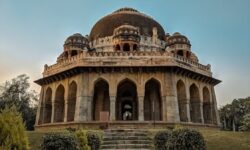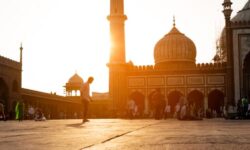
India, a land of profound spirituality and diverse religious traditions, has long been a magnet for pilgrims and seekers from around the world. With its rich tapestry of faiths, festivals, temples, mosques, churches, monasteries, and sacred rivers, religious tourism in India is not just a journey across geography—it’s a journey into the soul of a civilization. Whether you are a devout pilgrim, a cultural explorer, or a curious traveler, religious tourism offers deep insight into India’s spiritual and cultural heritage.
What is Religious Tourism?
Religious tourism, also known as faith tourism or pilgrimage tourism, involves traveling to sacred places associated with various religions for spiritual, devotional, or cultural reasons. In India, this form of tourism is immensely popular due to the country’s long-standing religious traditions and its significance to multiple major world religions—Hinduism, Buddhism, Islam, Christianity, Sikhism, and Jainism.
Why Choose Religious Tourism in India?
- Cultural Diversity: India’s religious landscape is incredibly diverse, offering experiences ranging from ancient Vedic rituals to Sufi music and Buddhist meditation.
- Historical Significance: Many religious sites in India are over a thousand years old and linked to key events in religious history.
- Festivals and Fairs: Participating in religious festivals like Kumbh Mela, Eid, or Christmas in India provides a unique opportunity to witness faith in action.
- Spiritual Enrichment: Whether it’s meditating in the Himalayas or participating in Ganga Aarti in Varanasi, religious tourism offers peace and personal transformation.
Major Religious Tourism Destinations in India
1. Varanasi, Uttar Pradesh
One of the oldest living cities in the world, Varanasi is considered the spiritual capital of India. Pilgrims flock here to bathe in the Ganges and perform last rites for loved ones.
2. Tirupati, Andhra Pradesh
The Tirumala Venkateswara Temple attracts millions of Hindu devotees every year. It is one of the wealthiest and most visited temples globally.
3. Amritsar, Punjab
Home to the iconic Golden Temple, Amritsar is the spiritual center of Sikhism. The temple’s community kitchen serves over 100,000 free meals a day.
4. Bodh Gaya, Bihar
This is where Siddhartha Gautama attained enlightenment and became the Buddha. It’s a revered site for Buddhists from around the world.
5. Ajmer Sharif, Rajasthan
The dargah of Sufi saint Khwaja Moinuddin Chishti is visited by people of all faiths, especially during the annual Urs festival.
6. Rameswaram, Tamil Nadu
One of the Char Dham pilgrimage sites, Rameswaram is believed to be where Lord Rama built a bridge to Lanka.
7. Shirdi, Maharashtra
The home of the revered saint Sai Baba, Shirdi attracts millions of devotees regardless of caste, creed, or religion.
8. Vaishno Devi, Jammu & Kashmir
Nestled in the Trikuta Hills, this shrine dedicated to Goddess Vaishno Devi sees over 8 million pilgrims annually.
9. Churches of Goa
Goa is not just a beach destination but also a spiritual haven with centuries-old churches like the Basilica of Bom Jesus and Sé Cathedral.
Types of Religious Tourism in India
- Pilgrimage Tourism: Traditional journeys to holy sites like Kedarnath, Mecca Masjid, or Jain temples in Palitana.
- Festival Tourism: Experiencing religious festivals such as Holi, Diwali, Eid, Christmas, or the Hemis Festival in Ladakh.
- Spiritual Retreats: Participating in yoga, meditation, or wellness retreats at ashrams in Rishikesh, Auroville, or Dharamshala.
- Heritage & Religious Circuit Tours: Multi-site tours covering religious and historic sites, such as the Char Dham Yatra or Buddhist Circuit.
Government Initiatives Supporting Religious Tourism
To boost religious tourism in India, the government has launched several schemes:
- PRASHAD Scheme (Pilgrimage Rejuvenation and Spiritual Heritage Augmentation Drive): Focuses on developing infrastructure at pilgrimage sites.
- Swadesh Darshan Scheme: Promotes theme-based tourist circuits, including spiritual circuits.
- Visa Reforms: E-visas and other facilities have made it easier for international tourists to visit Indian religious sites.
Travel Tips for Religious Tourism in India
- Respect Local Customs: Dress modestly, remove shoes where required, and avoid photography in restricted areas.
- Choose the Right Season: Many religious places are best visited during festivals or in pleasant weather months.
- Stay Hygienic: Pilgrimage sites can get crowded, so carry hand sanitizer, drink bottled water, and maintain cleanliness.
- Travel with a Guide: For historical and cultural context, a knowledgeable guide can greatly enhance the experience.
- Plan Ahead: Religious festivals draw huge crowds; booking accommodations and transportation in advance is crucial.
Conclusion
Religious tourism in India is a journey like no other. It offers not just sightseeing, but soulful experiences, a chance to connect with ancient wisdom, and moments of reflection that can transform your perspective. Whether you’re watching the morning rituals on the ghats of Varanasi, meditating under the Bodhi tree, or walking barefoot to a hilltop temple, you’ll find yourself immersed in a world where faith and culture beautifully intertwine. So embark on a spiritual voyage through India—a land where every step leads you closer to the divine.










